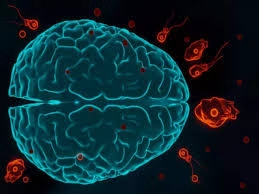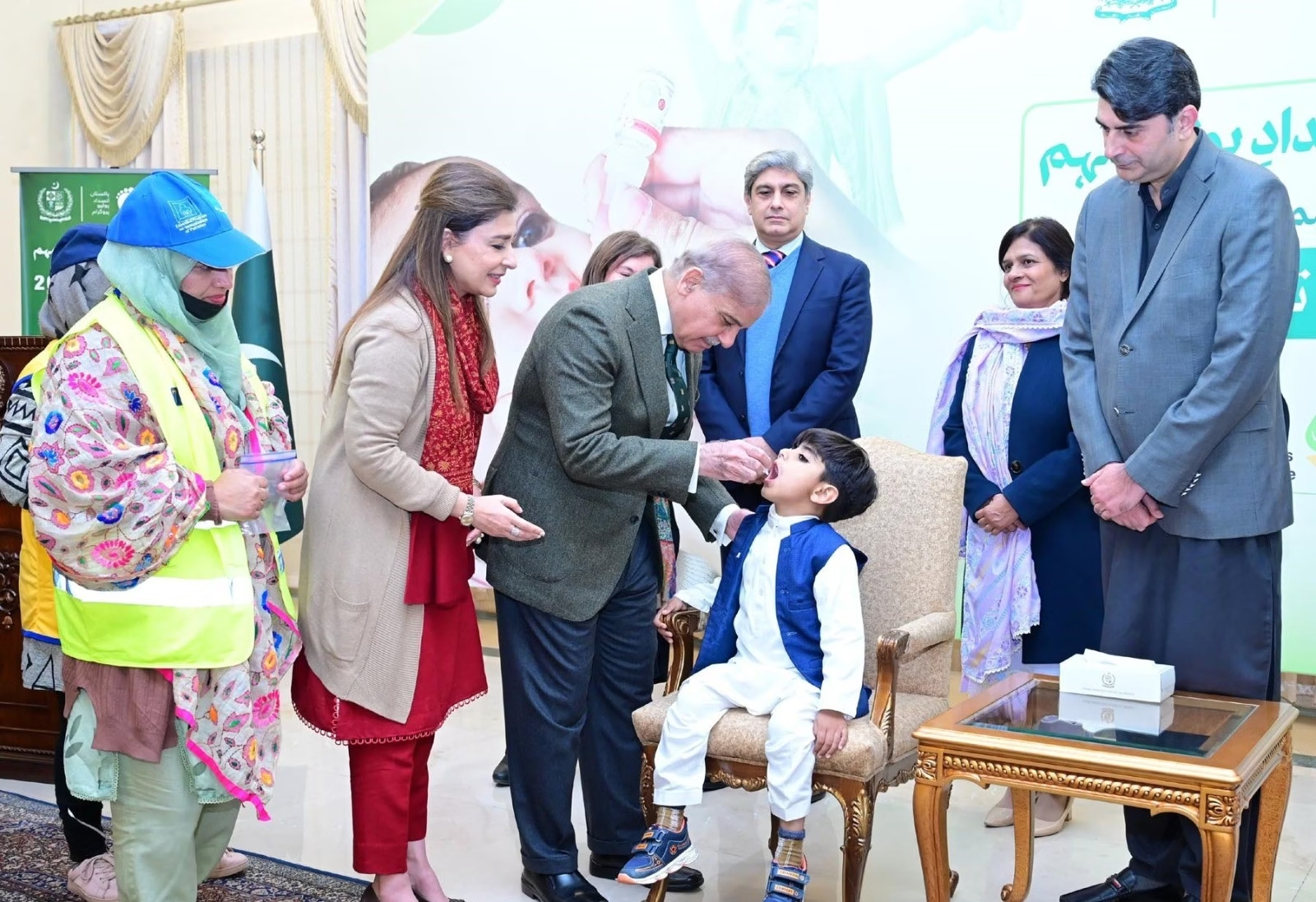The Sindh Health Department has confirmed the fourth fatality from Naegleria fowleri in the province this year, following the death of 17-year-old Syed Ali Raza Shah from Karachi’s central district.
Naegleria fowleri, often referred to as the “brain-eating amoeba,” is a rare but deadly organism with a fatality rate exceeding 98%. It infects individuals when contaminated water enters the body through the nose—commonly during bathing or nasal rinsing—and cannot be transmitted person-to-person.
According to the department’s report, Shah began experiencing symptoms including fever, vomiting, and body aches on June 25. He was admitted to Aga Khan University Hospital the next day and placed on ventilator support on June 27 as his condition worsened. He passed away on June 28 while in the hospital’s ICU.
Health officials stated that Shah had no history of swimming or religious ablution, but had taken a bath before falling ill. An inspection revealed that the overhead water tank at his residence had not been cleaned in over six months, suggesting it may have been the infection source.
Authorities plan to carry out public health response activities in the deceased’s neighborhood, including awareness sessions on June 29 and 30 to educate residents about prevention and hygiene.
The Centers for Disease Control and Prevention (CDC) notes that Naegleria fowleri is typically found in warm freshwater sources like lakes, rivers, and hot springs. However, in rare cases, it has been identified in poorly maintained domestic water systems and recreational facilities.
In Pakistan, most reported infections have been linked to the use of tap water for nasal cleansing, particularly in areas where water treatment and sanitation practices are inadequate.
Since the first confirmed case in 2008, over 100 deaths from Naegleria fowleri have been recorded in Pakistan. In 2024 alone, five deaths were reported due to the parasite, with the rising trend highlighting the urgent need for improved water safety, public awareness, and preventive infrastructure.


